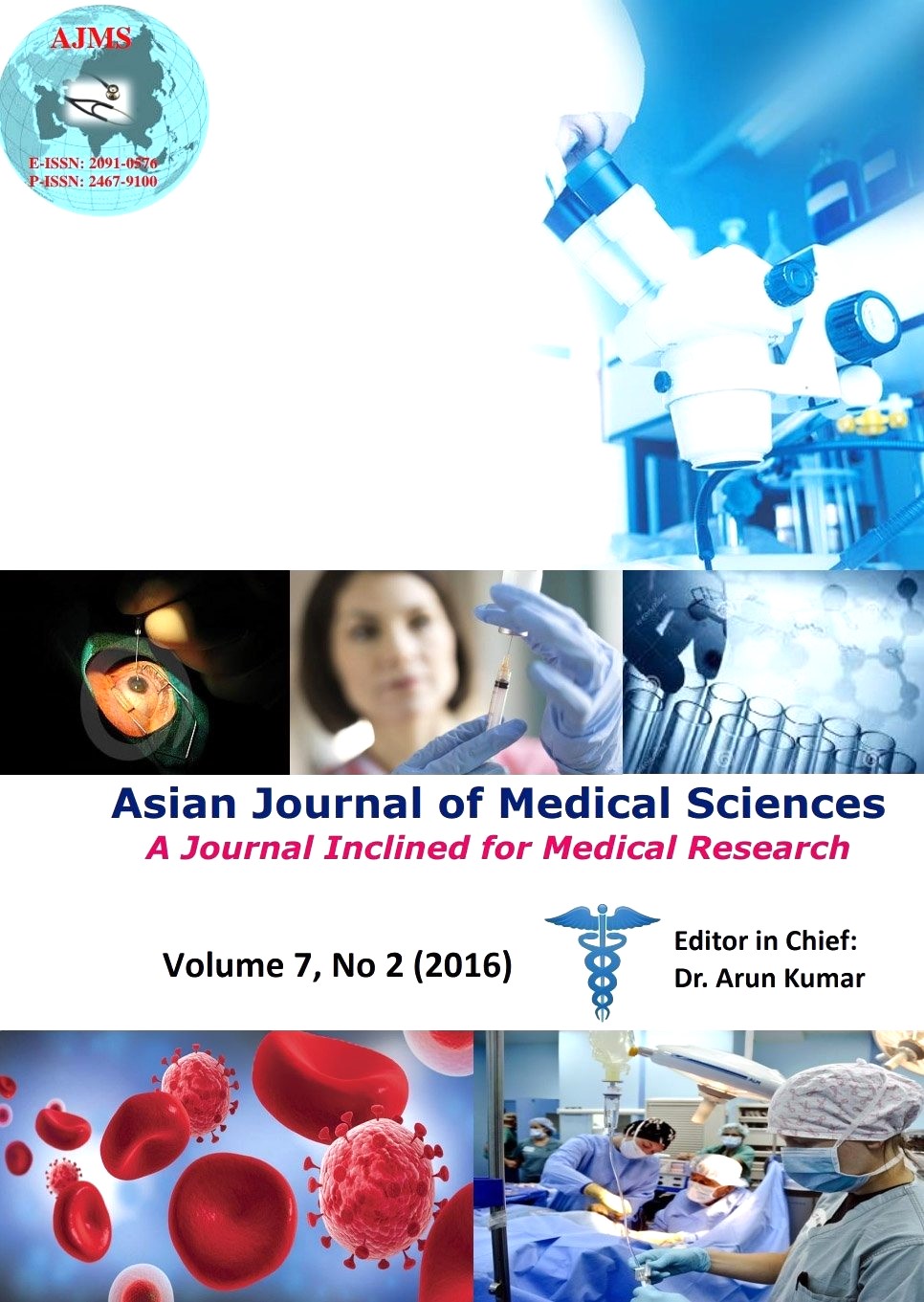Gastric mucosal biopsies in non ulcer dyspepsia: A histopathologic study
Keywords:
Non Ulcer dyspepsia, updated Sydney system, H pyloriAbstract
Background: Non-ulcer dyspepsia (NUD) is a major health problem and one of the most common causes of morbidity and economic loss. The aim of the study was to determine the pattern of gastric mucosal histopathologic alterations and frequency of Helicobacter pylori in patients with NUD.Materials and Methods: Patients presenting to Gastroenterology Out Patient Department over a period of one year with symptoms of dyspepsia but without any endoscopic lesion were taken up for the study and evaluated by obtaining two gastric mucosal biopsy specimens each from antrum and body mucosa. The specimens were processed and examined histologically using the updated Sydney system.
Results: Gastric biopsies from 102 patients (63 females and 39 males) with NUD were studied. Histological examination of gastric mucosal biopsies showed that 82.3% of NUD patients had histopathological features of gastritis. Chronic infl ammation was present in 84 (82.3%), activity was seen in 63 (61.7%), glandular atrophy was seen in 10 (9.8%) and intestinal metaplasia was seen in 4 (3.9%) patients with NUD on gastric biopsy. Maximum number of patients with NUD had Sydney score of less than 5 (68.6%).H pylori were identifi ed on gastric mucosal biopsies in 49 (48.0%) patients with NUD based on H & E and Geimsa stained sections.
Conclusion: NUD is a clinical problem which occurs in both sexes in all age groups; prevalence being low below 20 years of age. Patients with this condition have a high frequency of gastric mucosal inflammation and H pylori infection.
Asian Journal of Medical Sciences Vol.7(2) 2015 80-84
Downloads
Downloads
Published
How to Cite
Issue
Section
License
Authors who publish with this journal agree to the following terms:
- The journal holds copyright and publishes the work under a Creative Commons CC-BY-NC license that permits use, distribution and reprduction in any medium, provided the original work is properly cited and is not used for commercial purposes. The journal should be recognised as the original publisher of this work.
- Authors are able to enter into separate, additional contractual arrangements for the non-exclusive distribution of the journal's published version of the work (e.g., post it to an institutional repository or publish it in a book), with an acknowledgement of its initial publication in this journal.
- Authors are permitted and encouraged to post their work online (e.g., in institutional repositories or on their website) prior to and during the submission process, as it can lead to productive exchanges, as well as earlier and greater citation of published work (See The Effect of Open Access).




